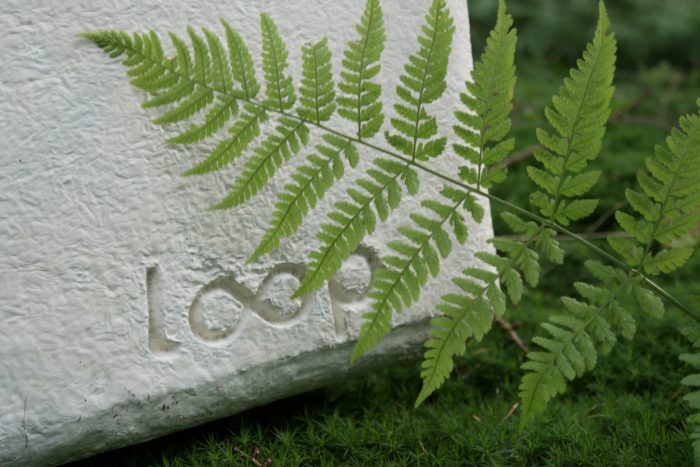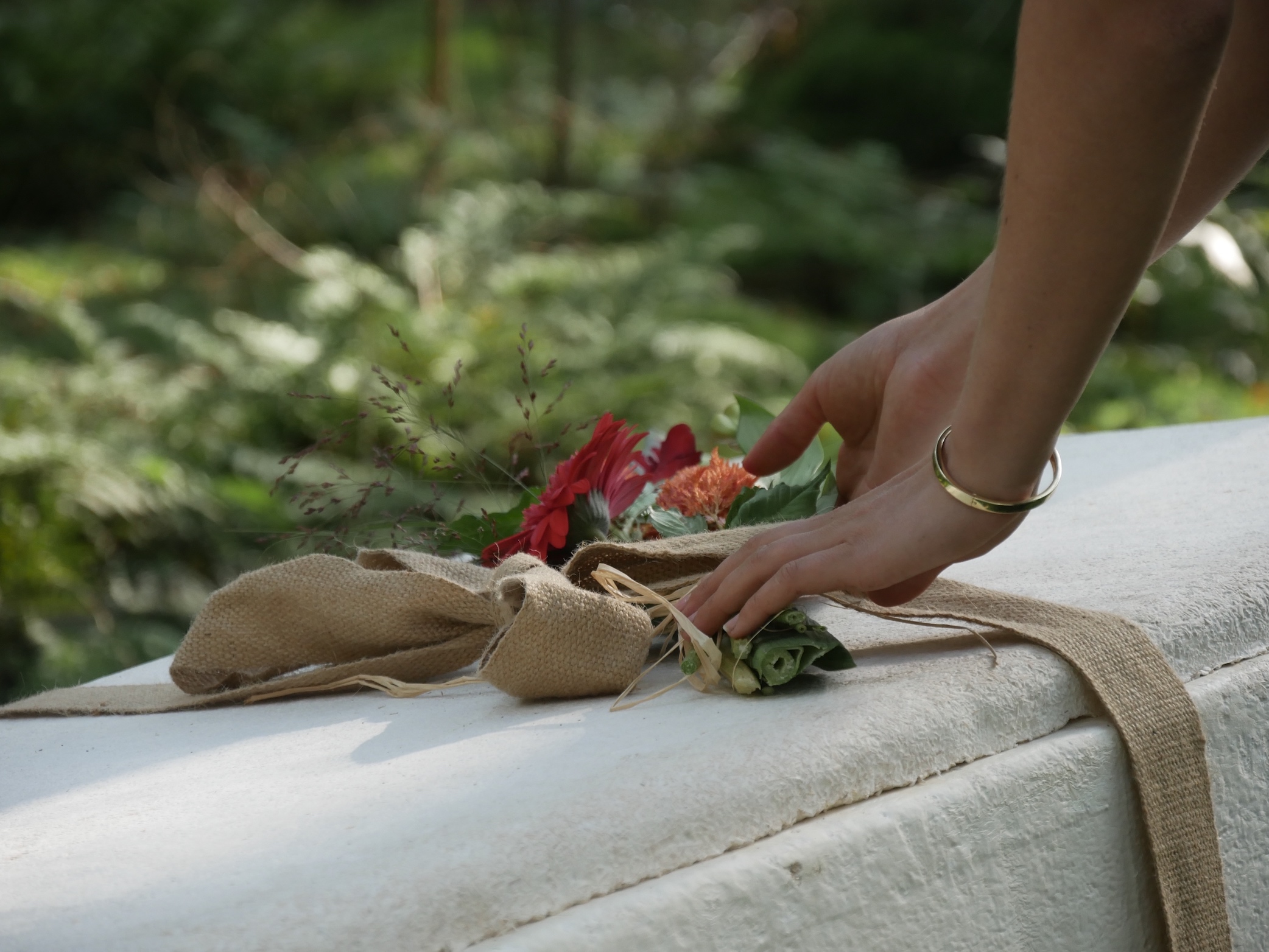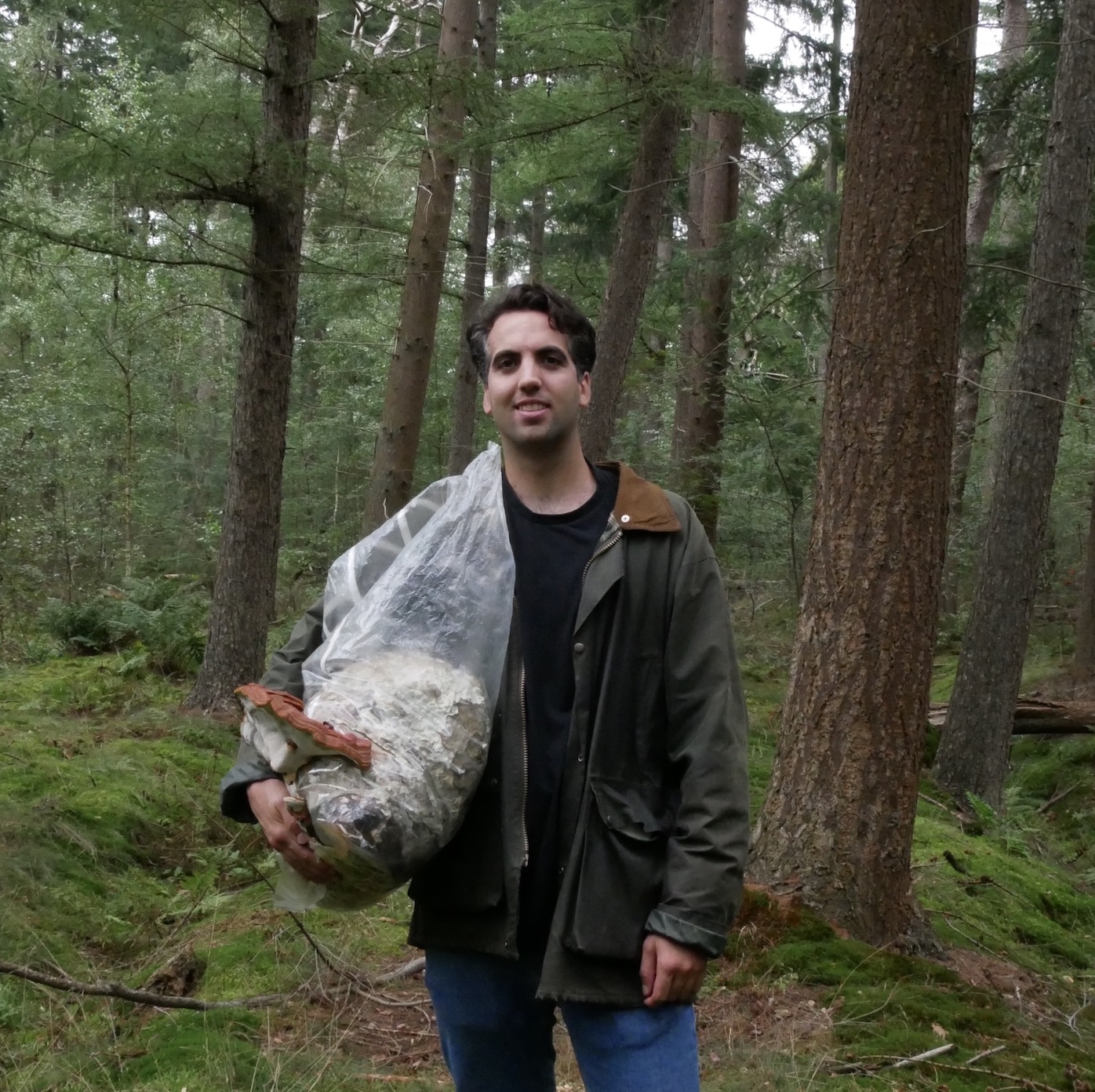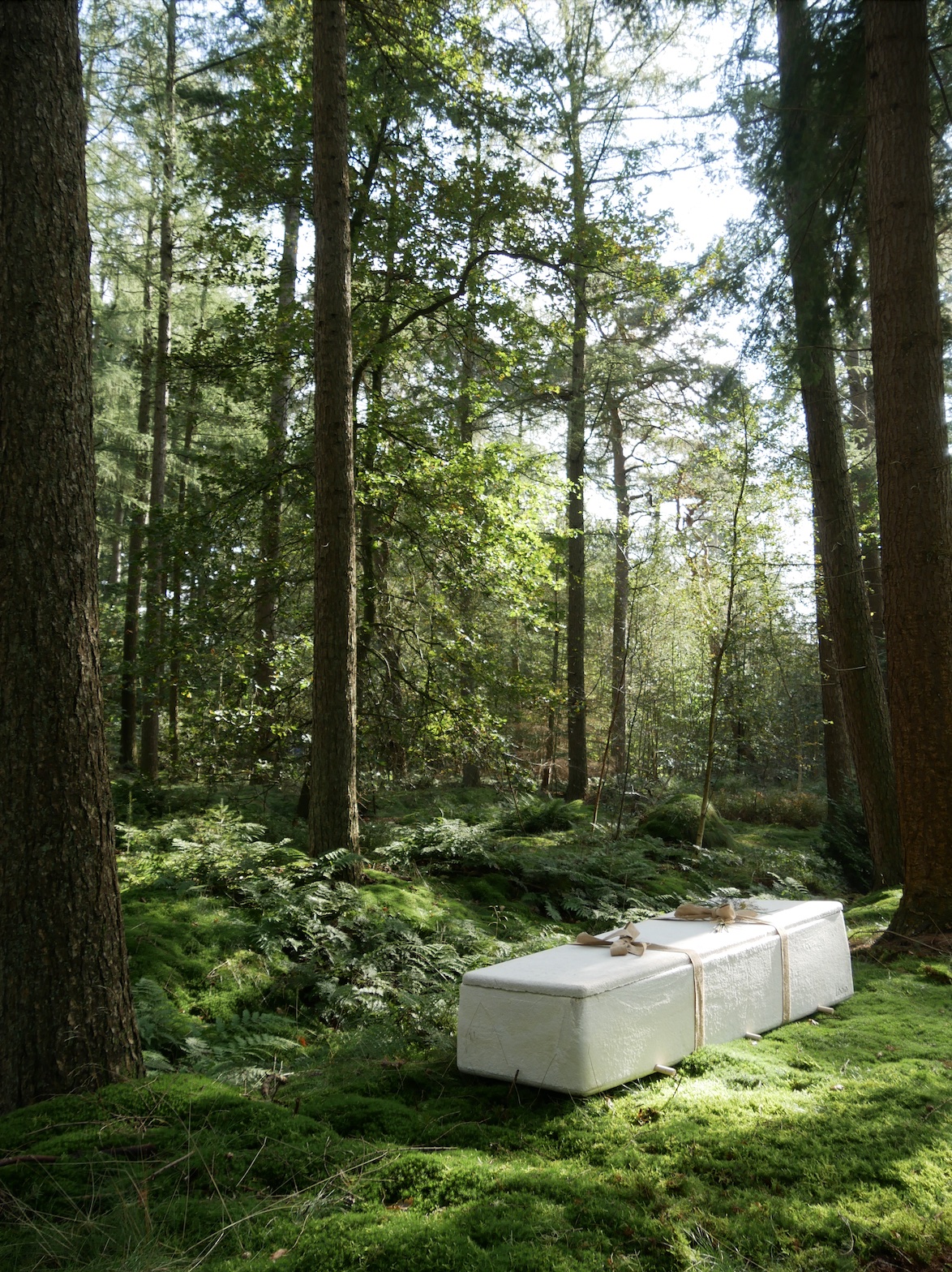
Some still find death to be a taboo subject, but why when it is such a large part of living? We have become accustomed to boxing funerals up into neat and tidy traditions that move us further away from what it means to be part of an ecosystem. Even in passing, we separate ourselves from nature, and our burial methods lead to soil degradation and groundwater pollution. The soil quality in some cemeteries resembles that of a landfill, but it doesn’t need to be like this. We can honor ourselves and our loved ones in accordance with the rest of the natural world. Loop Biotech’s Living Cocoon, for example, is a mycelium-based coffin. It breaks down in 45 days while neutralizing toxins in the human body through a process called bioaccumulation. Instead of waste, you become compost, enriching the soil and giving back to the earth. For now, Loop is rapidly expanding in Europe after which it will grow into the U.S. market, but the ultimate goal is to open facilities around the world. —Charlotte DeFazio
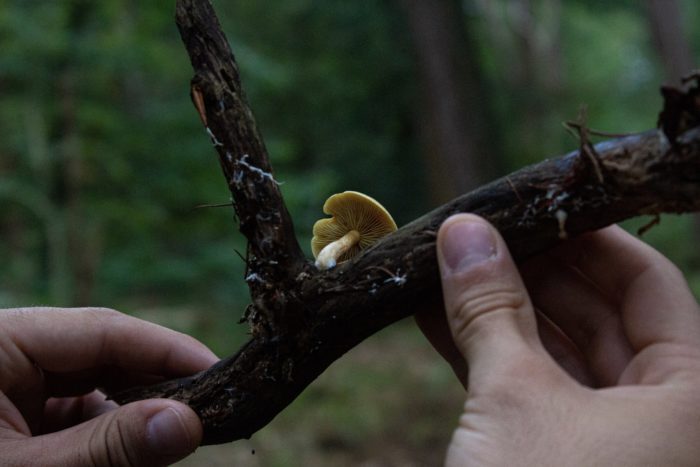
How did you come up with the Loop Living Cocoon?
It started during my research in a lab at the Delft University of Technology. I was searching for ways to create a new world in which our everyday objects are living organisms, living in harmony with nature instead of taking from it. In this search, I came across mycelium, the root structure of mushrooms, and was amazed by its potential.
From my vision of collaborating with nature, I discovered what purpose mycelium has in the natural world. Mycelium is nature’s biggest recycler and it is seen as the driving force behind the closed-loop system of the forest. Its purpose in nature is to help with the transition of dead organic matter to valuable nutrients for seedlings to thrive. It helps humans rejoin nature’s end-of-life cycle.
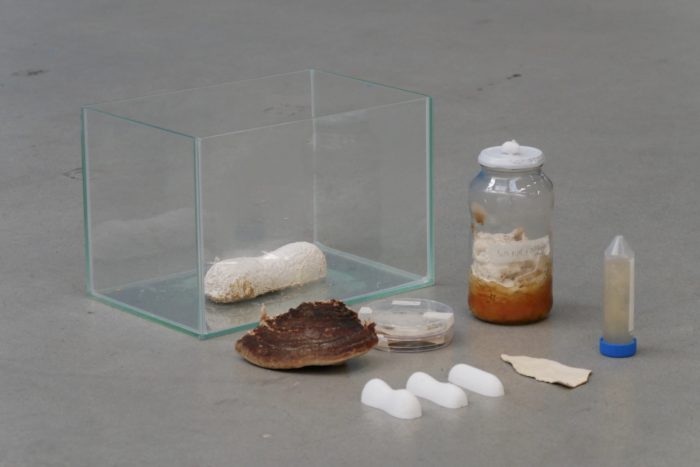
Your website mentions that “the average human body contains 219 chemicals that can endanger ecosystems.” What are those chemicals and where do they come from?
Thanks to our modern lifestyles, our bodies are intoxicated with all types of substances. We use a lot of medicines, and many of our everyday products are contaminated as heavy metals can be found in our cosmetics and microplastics contaminate our food. There is good literature out there that shows more specifics about the contamination in our bodies and in cemeteries.
Wouldn’t those body chemicals still seep into the earth during the composting process?
Mycelium has the ability to capture chemicals like heavy metals in a process that is called bioaccumulation. Bioaccumulation is the accumulation within living organisms of toxic substances occurring in the environment. When these toxins are stored within the mycelium, they won’t contaminate the soil and our drinking water.
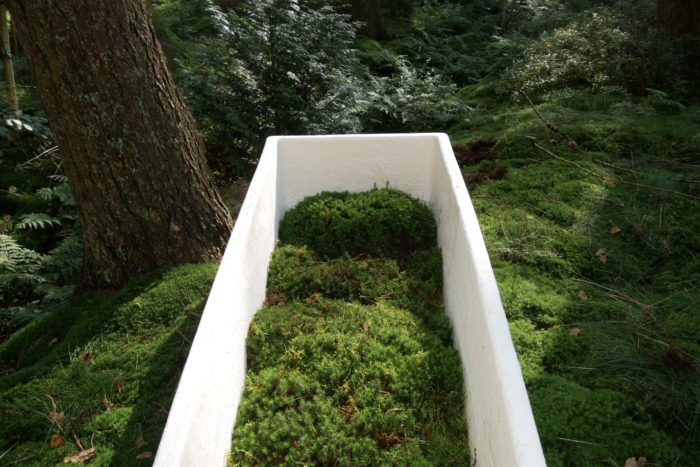
How is the Loop Living Cocoon made and how long does it take to make one?
The Loop Living Cocoons are grown in a natural process which uses very little energy. It starts with a substrate of upcycled hemp fibers, which are inoculated with the spores of mycelium. We add one final ingredient (our secret sauce) and we fill our mold with this mixture. We let it grow for approximately one week and dry it at low temperatures to keep the organism alive. The end result is a lightweight product that is strong enough to carry 200 kilograms (440 lbs).
What have been the most common criticisms or pushbacks you’ve come across?
Most reactions regarding our product are positive. A lot of people were looking for an environmentally friendly way to leave this earth and the idea of enriching life after death is appealing to them. Yet, some people might find it confrontational to become part of the natural cycle of life again.
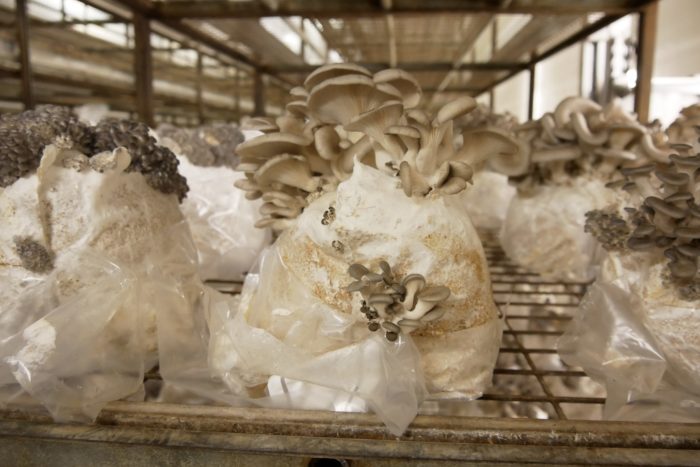
Are you working with any funeral homes? Do they agree on not embalming to support a more natural process?
Yes, we currently have collaborations with the largest funeral homes of The Netherlands and Austria, and are scaling up across Europe. We have a very clear vision of the future of our planet yet the funeral market can be quite conservative. In The Netherlands, most funeral homes understand the environmental harm in embalming with chemicals. We are always happy to discuss what environmentally friendly options there are, and we advise them to be as sustainable and as natural as possible. Chemicals used for embalming contaminate the soil and can leach into drinking water.
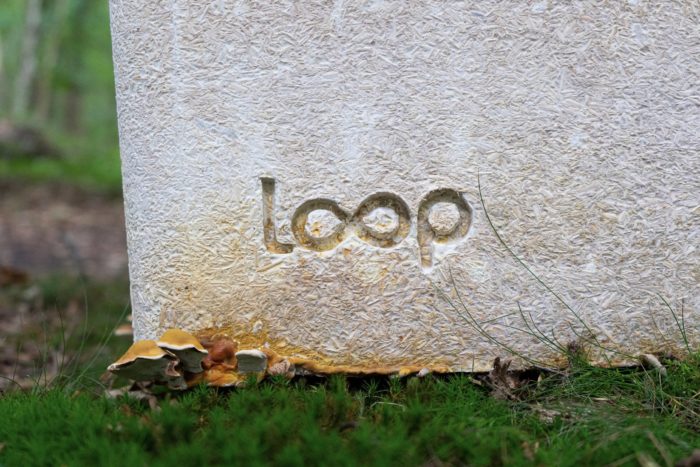
What do you mean by “Become a hero and buy a coffin for your grandchildren?”
We have a regenerative business model. This means that the growth of our business is beneficial for nature. The more Living Cocoons we are able to sell, the more nature will be enriched. We learned that many people are already making arrangements for their own funerals. We wanted to enable them to already help us to enrich more nature now, by offering the options of our Voucher. This reserves your future Cocoon; we keep it in our stock and deliver it when the time has come.
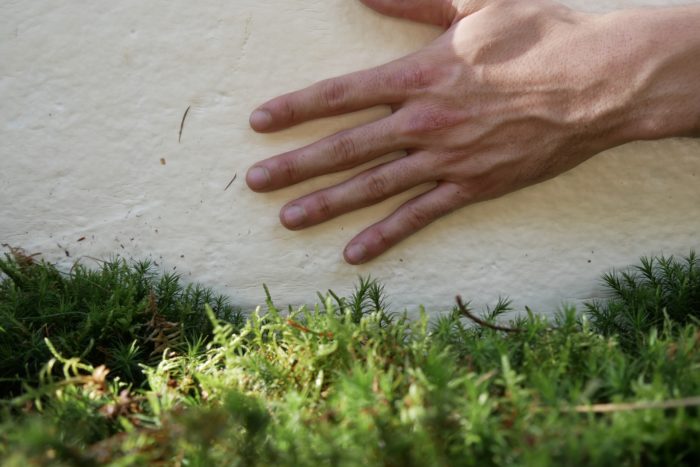
Is cremation as harmful to the environment as burials? Are you mainly targeting burials and the use of wooden/metal coffins?
In general, you can say that the process of cremation has a higher CO2 footprint caused by the energy needed to generate the heat. If you want to determine the sustainability of a funeral, everything has to be taken into account. From the flowers to the emissions caused by visitors, it all has an effect on nature.
We have not limited ourselves to only burial, but this is of course where the power of mycelium is used best. Mycelium improves the soil quality and enriches the ground. However, the Loop Living Cocoon is still one of the most sustainable options for cremation. It does not cause the depletion of resources and grows with little energy in just 7 days, compared to the 30-40 years it takes to grow a tree.
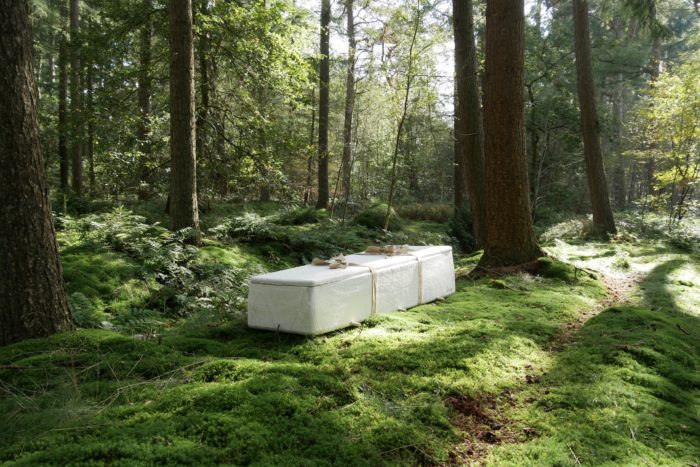
Aside from the environmental factors, why else would someone consider choosing the Loop Living Cocoon?
People consider the Loop Living Cocoon for two other main reasons. The first one is the Cocoon itself. We have learned how to grow very soft skin on the Living Cocoon so it has a natural feeling while still being able to carry 200 kilograms. To finish the look and feel, we lay a bed of moss on the inside of every Cocoon. This completes the feeling of being embraced by nature.
Secondly, we have created a completely new product; the world’s first Living Coffin that actually enriches the earth. Nature gave us life; let’s give life back to nature. Being able to leave this world in a coffin that is alive and that returns your body to nature in the most natural way gives people the sense of being part of the future.
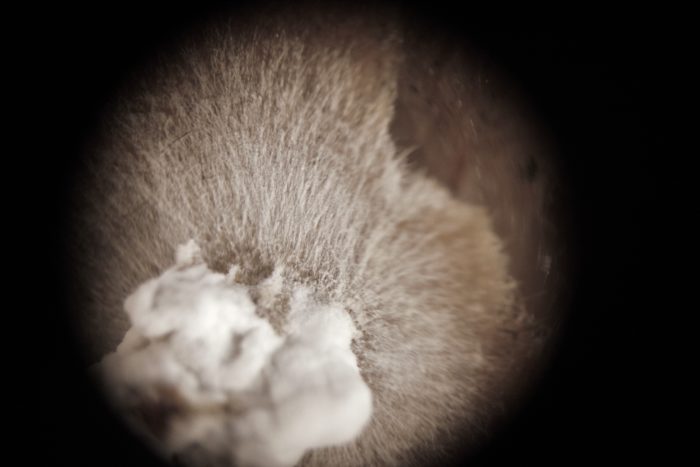
Will you be expanding beyond Europe and the U.S. in the near future?
Our main focus right now is to conquer the European and then the U.S. market. We still have a lot of unused market potential here. We are rapidly upscaling our production capacity by over 15 times and are aiming to open up Loop growing facilities around the world. To eliminate emissions caused by the transportation of our product, we plan to produce locally with local species giving each coffin a unique architecture.
What are you currently working on?
We are currently focused on two things:
1. Upscaling our production capacity & organization
The growing interest in our mission has forced us to upscale our production capacity fast. We have to increase the capacity over 15 times to meet the growing market demand for our Cocoon. We are also currently hiring more employees.
2. Adding new living products to our product portfolio
Next to upscaling the production capacity, we are also designing more Living products. Our design team is currently redesigning the Living Cocoon by creating more organic shapes and we are going to add an urn to our portfolio.
